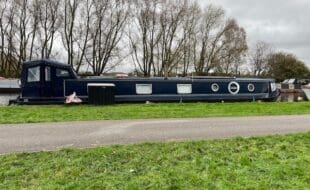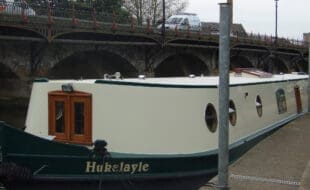A hungry natural enemy has been released into the waterways in a bid to munch a path for boaters and help wildlife.
Tim Greenfield reports…
THE Canal & River Trust believes 20,000 azolla-eating weevils introduced this year will help free up the most weed-clogged waterways in South Yorkshire and the East Midlands.
The battle in the north comes as the charity says it is fighting hard in the south to stop aquatic weeds choking waterways. It is using specialist teams to scoop the surface of the Regent’s Canal, Grand Union Canal and River Lee Navigation to avoid the organic invaders blocking the water.
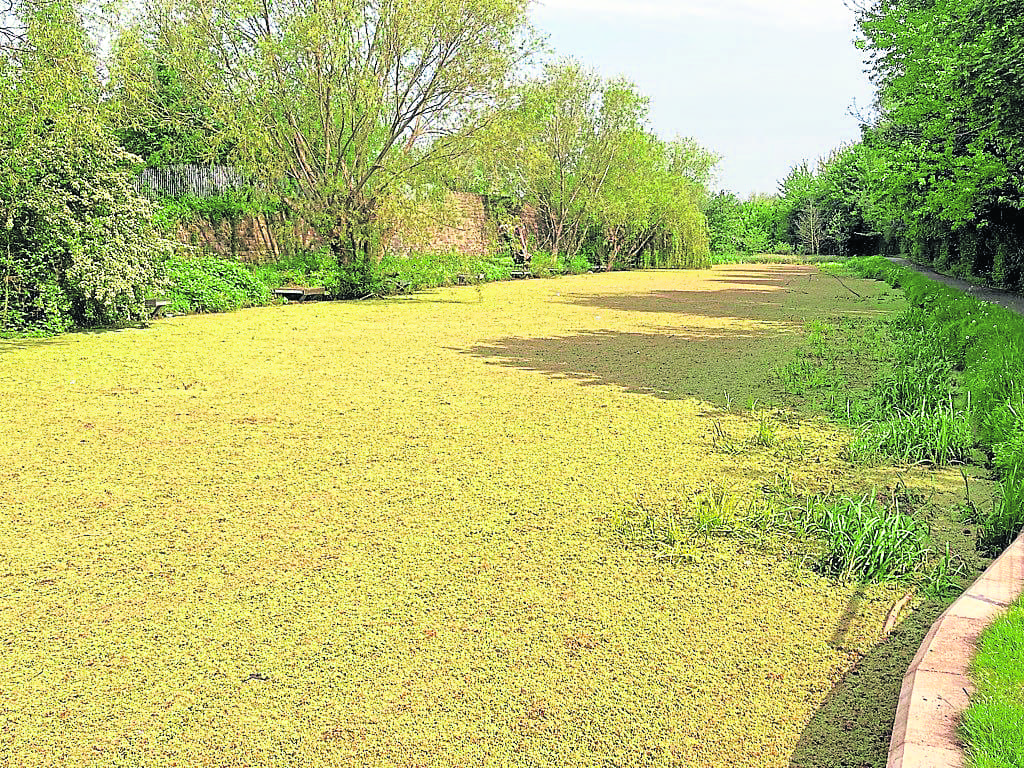
Duckweed, pennywort and azolla are growing on a massive scale, aided by warm and wet summers. They can cover the water so effectively that they look like grass – often fooling animals and humans into stepping on them.
In the East Midlands and Yorkshire, the 2mm-long creatures (stenopelmus rufinasus) have taken the fight to the invasive water weed azolla, which is particularly problematic in the Dearne & Dove in Barnsley, the Chesterfield Canal and Grantham Canal.
Ellie Harker, ecologist at the Canal & River Trust, explained: “Weevils are without doubt the best way for us to combat this prolific invasive weed. Weevils breed quickly, only eat the azolla and can be deployed quickly from the water’s edge, limiting the possibility of the weed spreading.”
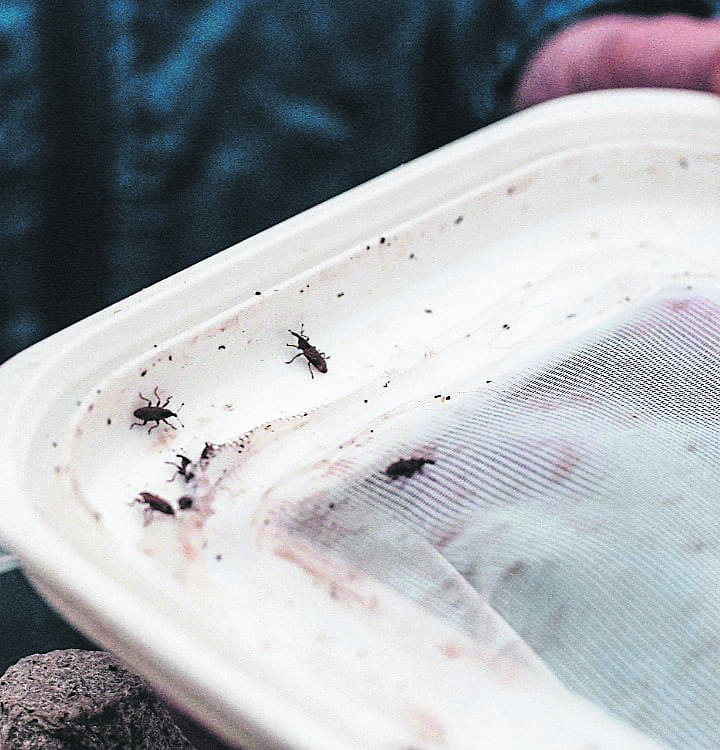
She added: “Weevils offer a natural solution that is safe, self-sustaining and more cost effective than mechanical means of removal needed for removing other invasive plants.
“These are all important factors as we encounter the effects of climate change with hotter summers and milder winters.
“Each year our charity spends a huge amount of time clearing species of aquatic weed from the nation’s canals, rivers and reservoirs and they can be a serious threat to local water wildlife, cause problems for boaters and paddlers, and trap rubbish.
“The recent hot weather has seen some sections of our waterways become inundated by these invasive weeds that grow really quickly.
“We have to use all the tools at our disposal – including this army of weevils – to keep our canals available to all.”
Around £1 million is spent by the Canal & River Trust every year tackling invasive species across its 2000-mile canal network in England & Wales, to maintain navigation for boaters, paddlers and so that they are in turn available for wildlife.
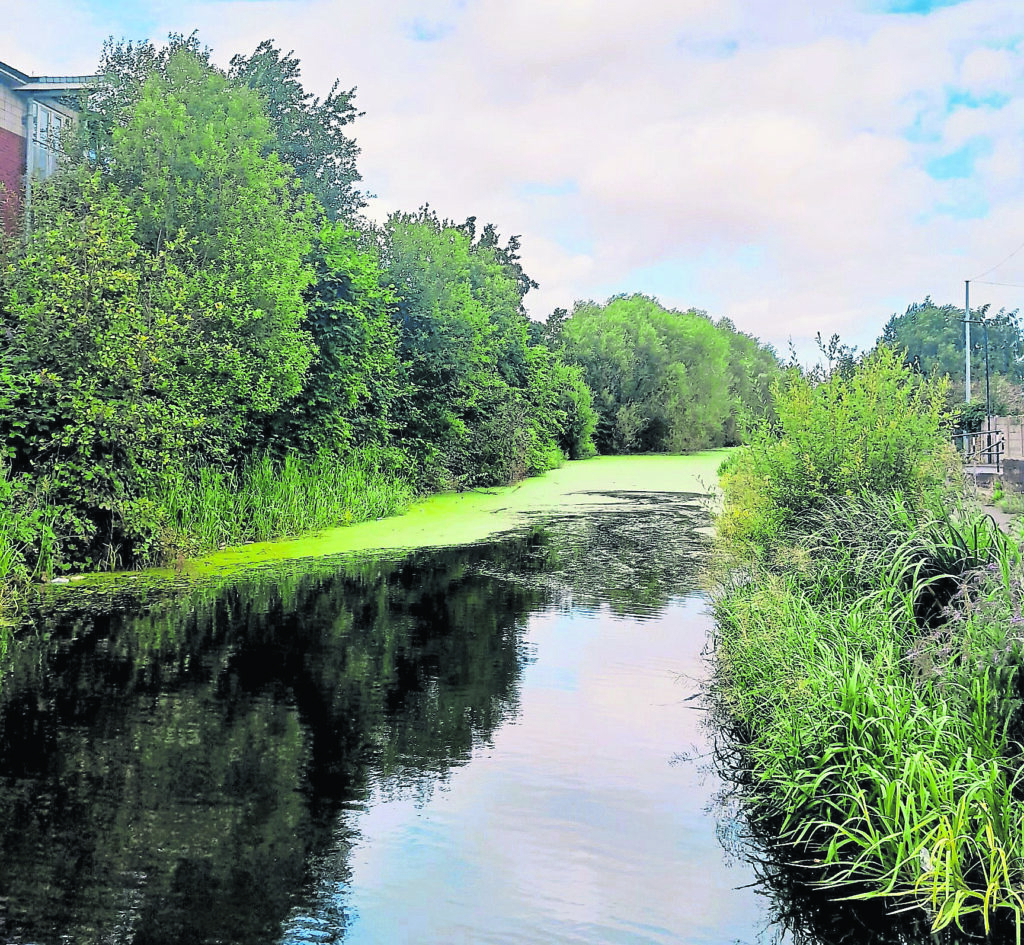
The charity has scooped out 2500 tonnes of weed using specialist boats, volunteers and staff.
Azolla can multiply rapidly and cover the surface of a waterway with thick mats of weed in a matter of weeks. These mats can form a green surface and sometimes even be mistaken as being solid to walk on.
Light and oxygen levels in the water are also reduced as a result of its presence, harming fish and other wildlife and affecting how boaters, paddlers and anglers can use the canal.
Azolla isn’t a true moss, but an aquatic fern. It grows very rapidly, making it one of the most troublesome and invasive plants.
Having found its way into the Canal & River Trust’s waterways, azolla can now be found often in large clumps.
With the effects of climate change seeing invasive weeds flourish, the trust is increasingly concerned by the impact and the costs, but proven help is at hand from the ‘wonder weevil’ and its insatiable appetite for azolla.
Given time to reproduce and spread throughout a mat of azolla, these long-snouted beetles are capable of clearing weed from entire lakes or canals within weeks.
Individually the weevils consume a relatively small amount of azolla. However, they breed to produce very large populations which, together, will feed extensively, until sections of azolla start to die and sink to the bottom, where the weed further decomposes.
Azolla is a small, aquatic, free-floating fern native to the warm, temperate and tropical regions of the Americas and until 2014 it was available to buy as an ornamental garden pond plant.
Also known as water fern or fairy moss (azolla filiculoides), it was one of five aquatic weeds banned from sale in the UK in 2014.
The Wildlife and Countryside Act makes it illegal to plant it or cause it to grow.

